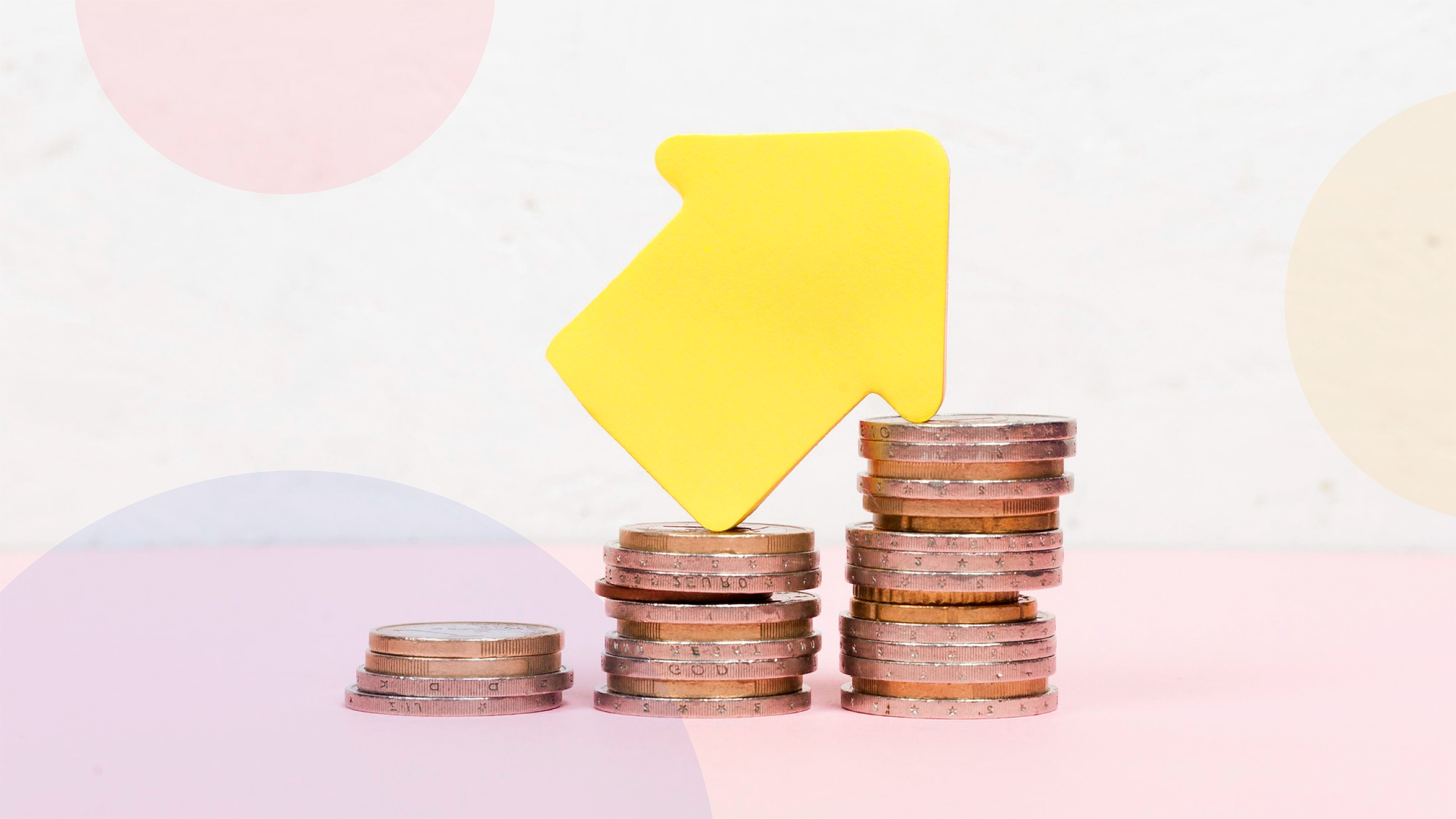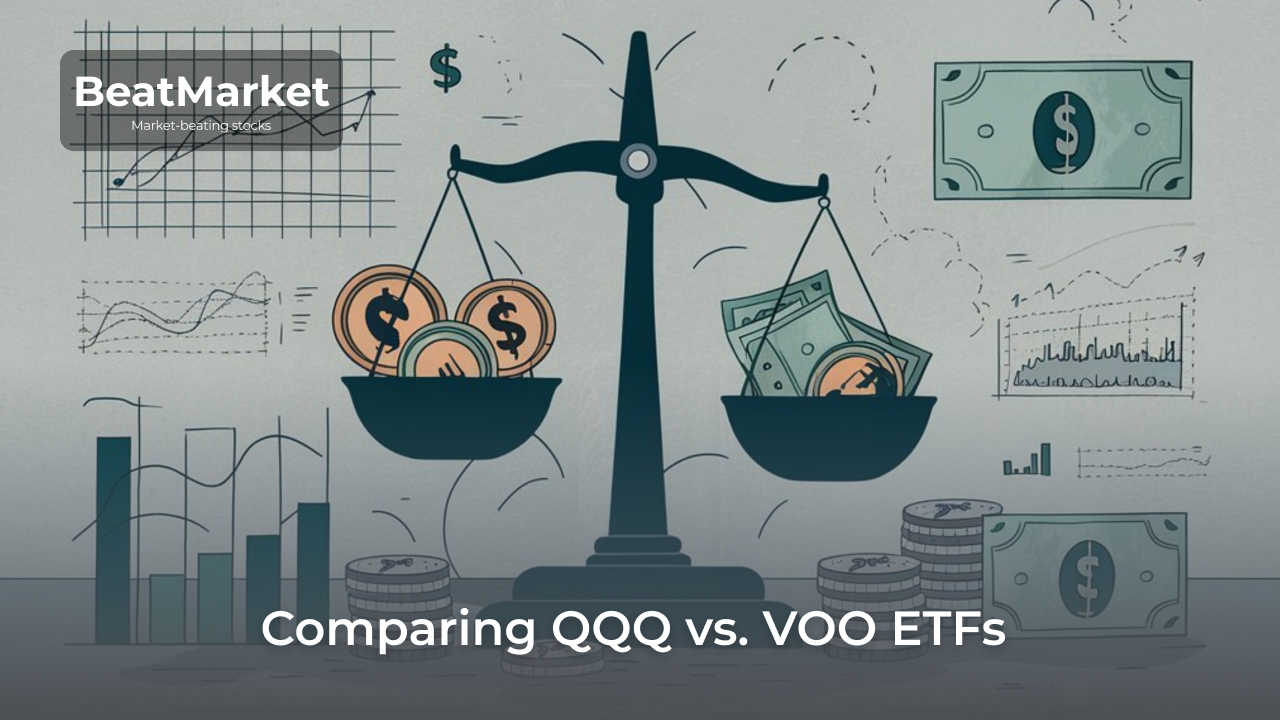I wonder how many investors have been washed out of the market by the current wave of falling prices. And how many have previously stated that a new market high will follow the past one? I’ve written before that market movements never fail to surprise.
Let us look at the US market highs:
1997 +31,01
1996 +20,26
1995 +34,11
And now let us look at the US market downs:
2002 -23,37
2001 -13,04
2000 -10,14
Or even worse. Think of the Nasdaq 100 index and the 80% drop. I don’t know what professional analysts will say about this post of mine, but I can smell with my unprofessional eyes and nose that nobody really knows anything. And not even Michael Burry knows how Mr. Market will behave tomorrow.
Of course, I read numerous reports and articles, which often say that the index has found a new upward impulse at the current support levels or that another promising startup will soon hit its resistance level. I read and think, “How do they do it? How do they find it all and identify all the levels as if it is some kind of dumb arcade video game?” The further I go, the more I realize that 99% of professional market analytics is a convoluted tarot reading at best. Sure, it can be entertaining if you are into esoteric mambo-jumbo and magical thinking, but it fails miserably over the long distance. There is no guarantee as to what will happen today or tomorrow and how the market will react. Indices will rise higher and fall even lower — that is the nature of the indices. There can be zero guarantees that the market will go down or up exactly as your favorite expert predicts.
And, you know, there is no reason to worry about short-termism. For an investor, there are only two things: either you are in or you stay out of the market. If you choose to stay invested in the market, the only other thing that matters is the company’s reported performance. Business health is paramount. A company’s resilience, its ability to adapt, change, and grow. Raw numbers, not raw emotions. Spreadsheets can tell you what is going on: looking at the balance sheet we can assume with a degree of probability that the company will continue to replicate its past performance or will pivot in a major way. Assumption — no less, mo more.
So what is the market bottom when we try to evaluate the business health of a company? To me, the Bottom is when sales have been falling for a long time, the long-term debt load is rising, dividend payments are not being paid or are reduced, operating profits are tending toward zero, management is talking about additional stock issuance and the company is unexpectedly rushing to issue bonds.
Therefore, you will do yourself a favor by not looking for the market bottom on the charts. Search for decent businesses and study their financial statements. That is precisely what we at BeatMarket do on a regular basis — we automate the exhausting task of going through balance sheets. But there is always another way: you can buy an index fund, which is also a great idea for most people.







